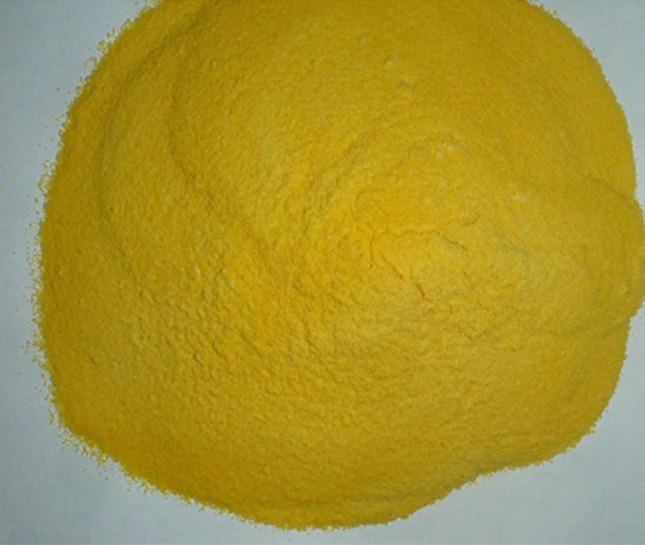polyaspartic acid
The Versatility and Applications of Polyaspartic Acid
Polyaspartic acid, a biodegradable polymer derived from aspartic acid, is gaining increasing attention in various fields, including medicine, agriculture, and environmental science. This biopolymer, characterized by its unique chemical structure and properties, presents an array of advantages, making it a valuable material in contemporary research and industry.
Chemical Structure and Properties
Polyaspartic acid is a type of polyamino acid synthesized from the polymerization of aspartic acid, an amino acid that plays a crucial role in various biological processes. The polymerization can be achieved through different methods, including enzymatic reactions and chemical synthesis, enabling the creation of polymers with specific properties tailored to various applications.
The unique properties of polyaspartic acid stem from its high water solubility and excellent biocompatibility. This polymer boasts a low toxicity profile, making it suitable for use in pharmaceuticals and medical applications. Additionally, it forms stable complexes with metals and other organic compounds, enhancing its utility in various formulations.
Applications in Medicine
In the medical field, polyaspartic acid has shown promise as a drug delivery system. Its ability to encapsulate drugs and release them in a controlled manner allows for more effective therapeutic interventions, minimizing side effects and improving patient compliance. Researchers have investigated its potential in delivering chemotherapeutic agents, targeting cancer cells while sparing healthy tissues, a significant advancement in oncology.
Moreover, polyaspartic acid has been explored for its applications in wound healing. Its hydrophilic nature helps maintain moisture levels in wound dressings, promoting faster healing processes. The polymer's biocompatibility further enhances its effectiveness, reducing the risk of infection and inflammation in medical settings.
Agricultural Uses
polyaspartic acid

Beyond medicine, polyaspartic acid is making strides in agriculture. Its biodegradable nature makes it an attractive alternative to traditional synthetic polymers used in agriculture. Polyaspartic acid can be utilized as a soil conditioner, improving soil structure, water retention, and nutrient availability for plants. This contributes to sustainable agricultural practices and reduces the reliance on chemical fertilizers, aligning with global efforts toward eco-friendly farming.
Additionally, polyaspartic acid can act as a biodegradable surfactant in pesticide formulations, enhancing their effectiveness and reducing environmental impact. As the demand for sustainable agricultural solutions increases, the adoption of polyaspartic acid in agri-chemicals promises significant benefits for both farmers and the ecosystem.
Environmental Applications
The environmental applications of polyaspartic acid are particularly noteworthy. Its ability to complex with heavy metals makes it a potential candidate for remediation efforts in polluted environments. Researchers are exploring its use in treating wastewater by removing toxic metals, promoting a cleaner and healthier ecosystem.
Furthermore, polyaspartic acid’s biodegradable nature offers a promising alternative to conventional plastics. The polymer can be used in packaging applications, reducing plastic waste and minimizing the environmental footprint associated with traditional petroleum-based products.
Conclusion
Polyaspartic acid stands out as a versatile biopolymer with a wide range of applications across various fields. Its unique properties, including biocompatibility, biodegradability, and ability to enhance formulations, position it as a critical material for future innovations. As research continues to explore its potential, polyaspartic acid may contribute to advancements in medicine, sustainable agriculture, and environmental conservation, paving the way for a greener and healthier future.
In conclusion, the exploration of polyaspartic acid is just beginning, and its vast potential highlights the importance of continuing research and development in biopolymer science. As we move towards a world that increasingly prioritizes sustainability and eco-friendliness, polyaspartic acid may play a pivotal role in shaping a more sustainable future.
-
Pbtc Scale InhibitorPBTC: A Scale Protector for Industrial Water TreatmentNewsAug.05,2025
-
Organic Phosphonate: An Efficient Defender in the Field of Scale InhibitionNewsAug.05,2025
-
Hydrolyzed Polymaleic Anhydride: Green Pioneer in Scale Inhibition FieldNewsAug.05,2025
-
PAPEMP Polyamino Polyether Methylene Phosphonic Acid For SaleNewsAug.05,2025
-
Flocculant Water Treatment: A Pioneer in Purification in the Field of Water TreatmentNewsAug.05,2025
-
Benzyl Isothiazolinone: An Efficient and Broad-Spectrum Antibacterial Protective GuardNewsAug.05,2025





